According to the project consultant's proposal, the North-South high-speed railway will pass through 20 provinces and cities, with 23 passenger stations and 5 freight stations.
In addition, 5 cargo stations were identified as Ngoc Hoi, Vung Ang, Chu Lai, Van Phong and Trang Bom.
Many provinces have 2 passenger stations.
With 23 passenger stations along 20 provinces and cities, some provinces will have up to 2 passenger stations such as Ha Tinh (Ha Tinh and Vung Ang stations), Binh Dinh (Bong Son and Dieu Tri stations), Binh Thuan (Phan Ri and Muong Man stations).
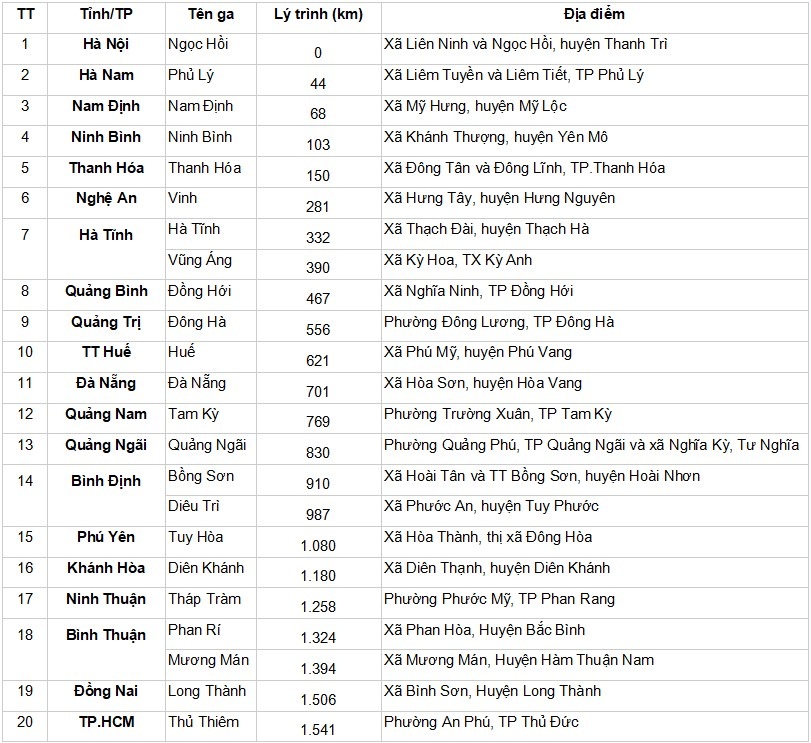
Of which, the 2 consecutive stations with the farthest distance are Thanh Hoa and Vinh stations (130km), the 2 stations with the closest distance are Phu Ly and Nam Dinh (23km).
In terms of architecture and function, passenger stations will be divided into 3 types.
Type 1 is the large stations, including 2 terminal stations Ngoc Hoi ( Hanoi ), Thu Thiem (HCMC) and 3 stations in the middle Vinh (Nghe An), Da Nang and Dien Khanh (Khanh Hoa).
Type 2 includes stations in Phu Ly, Nam Dinh, Ninh Binh, Thanh Hoa, Ha Tinh, Vung Ang, Dong Hoi, Dong Ha, Hue, Tam Ky, Quang Ngai, Bong Son, Dieu Tri, Tuy Hoa, Thap Cham, Phan Ri, Muong Man (17 stations).
Type 3 is Long Thanh station. This is the most special station with underground design, located in Long Thanh airport.
The consultant proposed the architectural design of each station in each province as a separate entity, but still in sync and harmony with the entire route.
“As straight as possible”
According to the Government’s request, the high-speed railway route must be “as straight as possible”. However, the route map shows that there are still many detours, and even some sections that go horizontally in the East-West direction.
So what does “as straight as possible” mean?
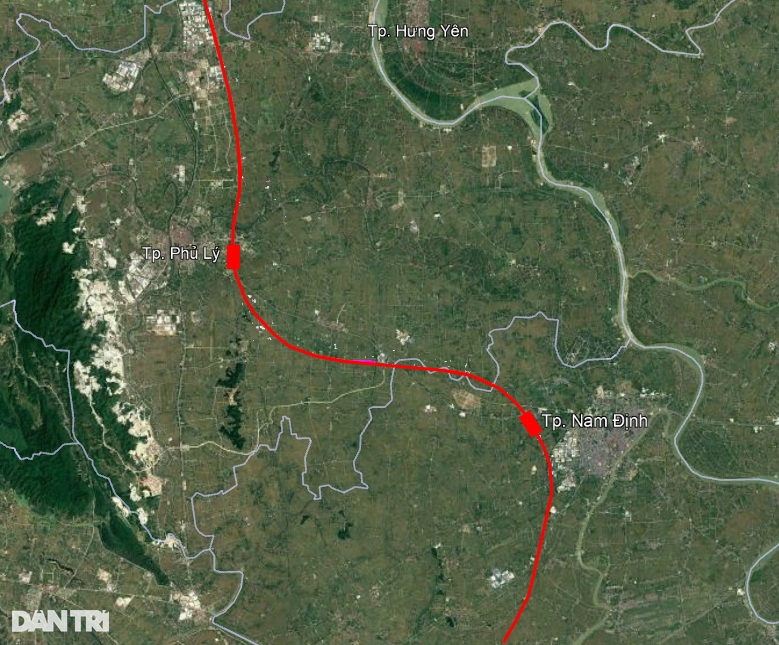
According to the Project Consultant, the stations’ locations are determined based on the principle of access to provincial urban areas and regional centers. These are densely populated areas and are the region’s traffic hubs.
On the other hand, the station also needs to be located in a place with large land fund for urban development and future traffic connection. Therefore, most stations are located in the suburbs instead of the center of the city.
The route must also try to avoid densely populated areas, reduce impacts on existing structures to facilitate site clearance; limit crossing environmentally sensitive areas, relic sites, scenic spots, etc.
Thus, the criterion of “as straight as possible” is understood as “crossing mountains, building bridges when meeting rivers”, but at the same time, it must also be winding depending on geographical factors (The entire route will have 1,078km of straight road and 463km of curves).
Is the station in or out of town?
Instead of going through the city center, most high-speed rail stations are being located in suburban rural areas, ensuring space for urban development. This can be clearly seen in the planned locations of the stations, including 18 stations located in communes, with only 5 stations located in wards.
Previously, the Consultant had studied international experience and identified two trends in station layout: located in urban areas or near urban areas (suburbs).
The trend is located in urban areas such as Berlin (Germany), Tokyo (Japan), Seoul (Korea). The advantage is that passengers can easily access it, but the disadvantage is that it requires a large land fund with synchronous planning.
The trend is to locate near urban areas such as Beijing Station (China), Paris (France). This model has the advantage of facilitating planning and building a synchronously connected transport system, with land funds for urban, industrial and service development. The disadvantage is that the level of passenger access is not high.
After research, the Consultant has arranged many stations near urban areas, including Ngoc Hoi and Thu Thiem stations. Two urban railway lines will be designed to connect these two stations with the urban centers of Hanoi and Ho Chi Minh City.
According to the Ministry of Transport, determining the location of the station and the route is very time-consuming. The project consultant must work with the authorities of 20 provinces and cities to finalize the location of the station and the route, ensuring it is consistent with local planning and “as straight as possible” according to the Government’s direction.
Previously, in 2021, the Project Review Consultant proposed an independent plan with many changes in station locations and route alignment. As a result, 8 localities agreed with the Review Consultant's changes, and 12 localities proposed to keep the station locations as agreed with the Project Consultant.
Under the direction of the State Appraisal Council, the Ministry of Transport had to sit down with these 8 localities to finalize the final plan. By 2023, the localities had basically agreed with the route plan of the Project Consultant.
Dantri.com.vn
Source: https://dantri.com.vn/xa-hoi/duong-sat-toc-do-cao-bac-nam-di-qua-20-tinh-thanh-nhu-the-nao-20241004224747990.htm



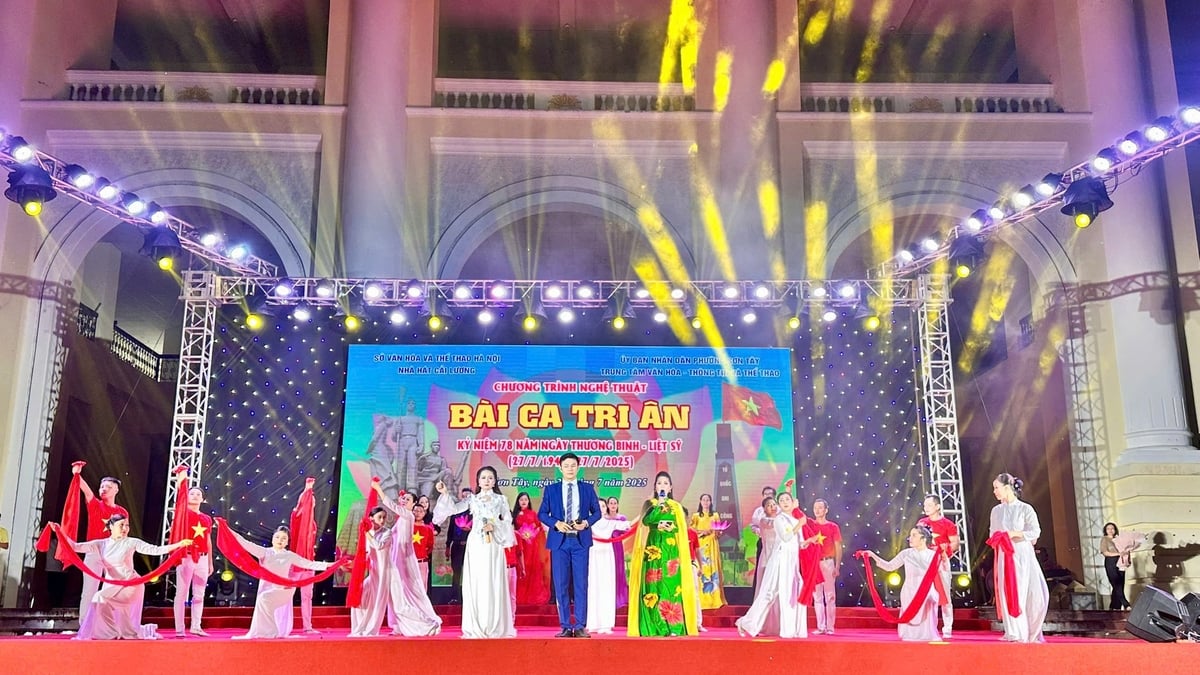
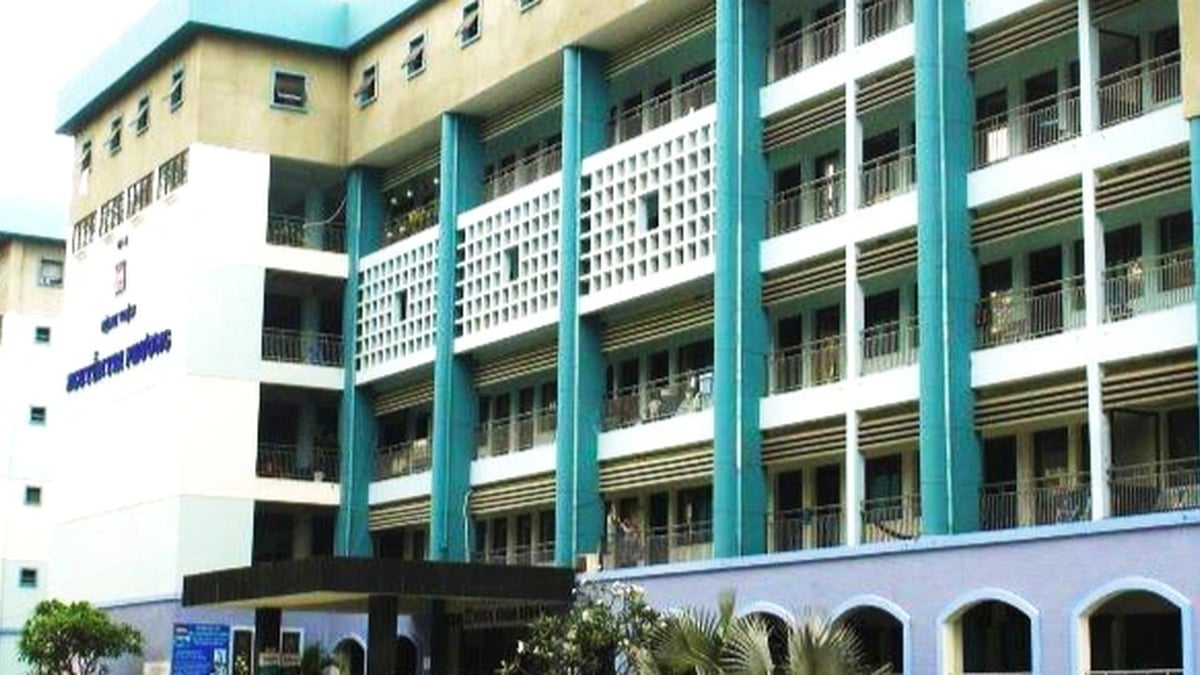

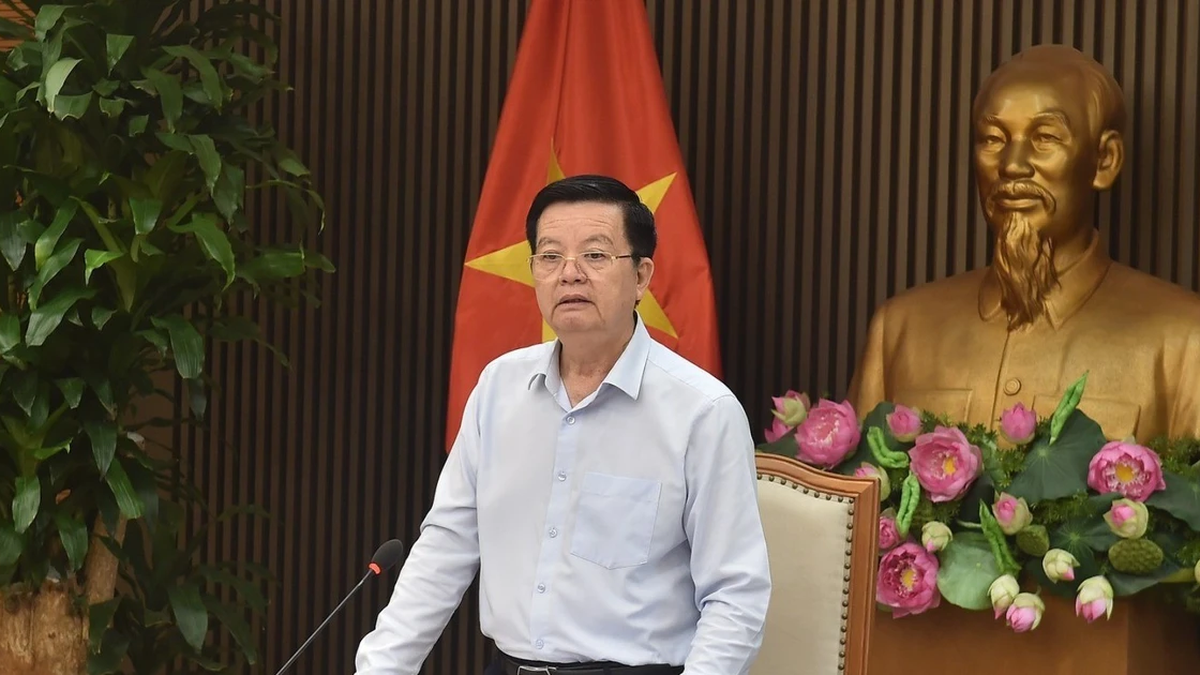















![[Photo] National Assembly Chairman attends the seminar "Building and operating an international financial center and recommendations for Vietnam"](https://vphoto.vietnam.vn/thumb/1200x675/vietnam/resource/IMAGE/2025/7/28/76393436936e457db31ec84433289f72)











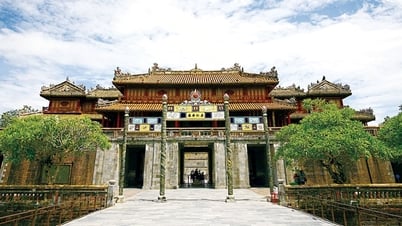





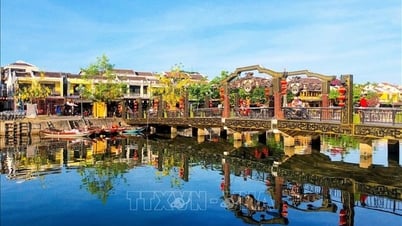










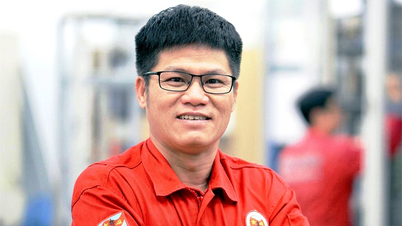

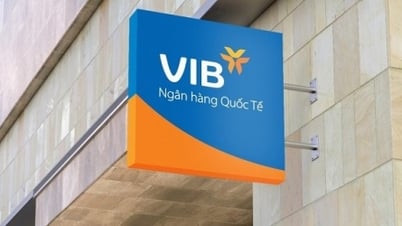

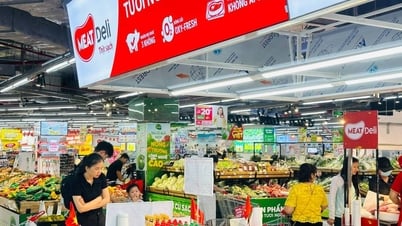


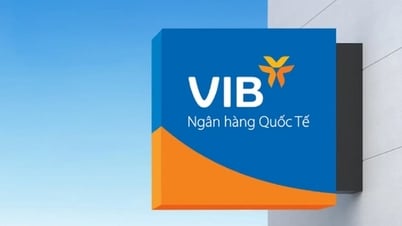



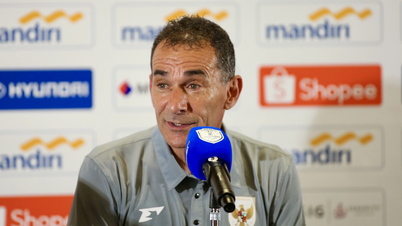
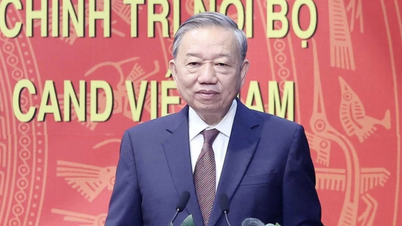

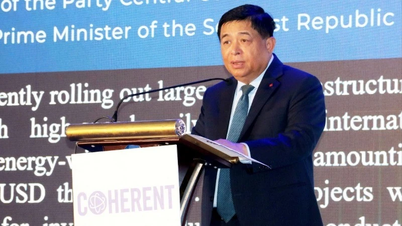

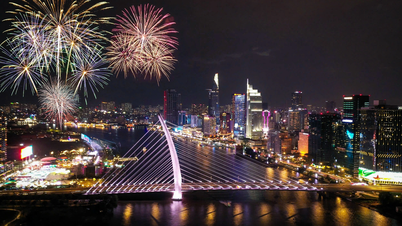




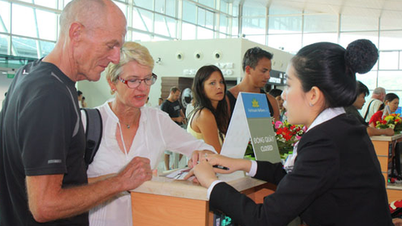























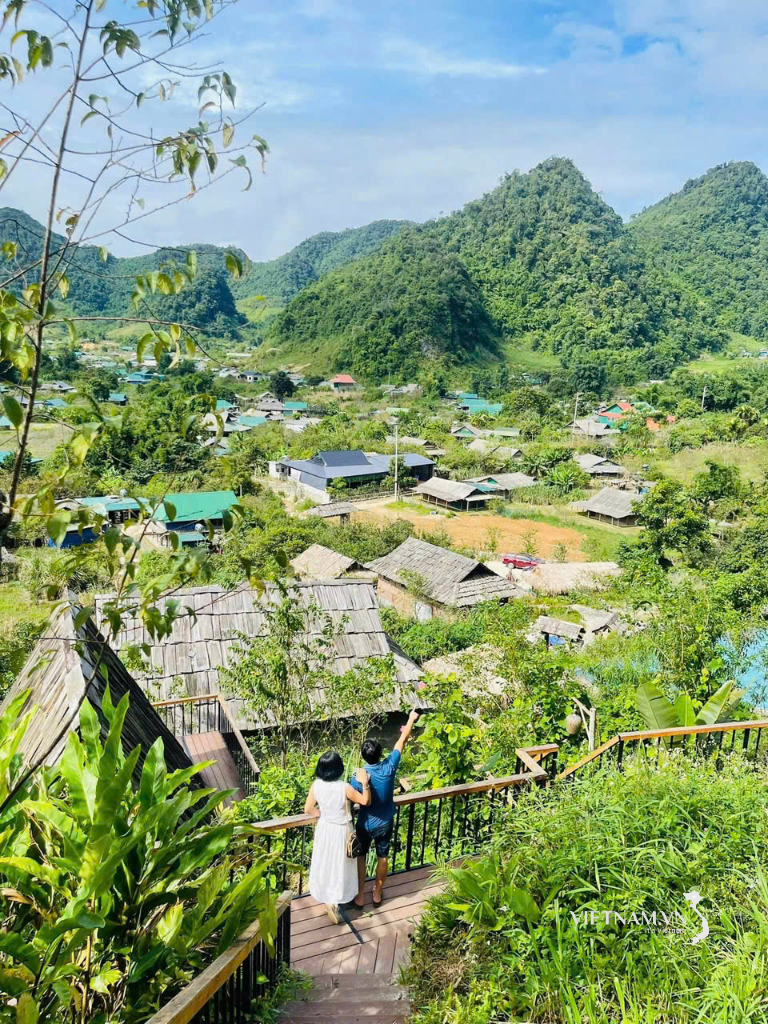

Comment (0)